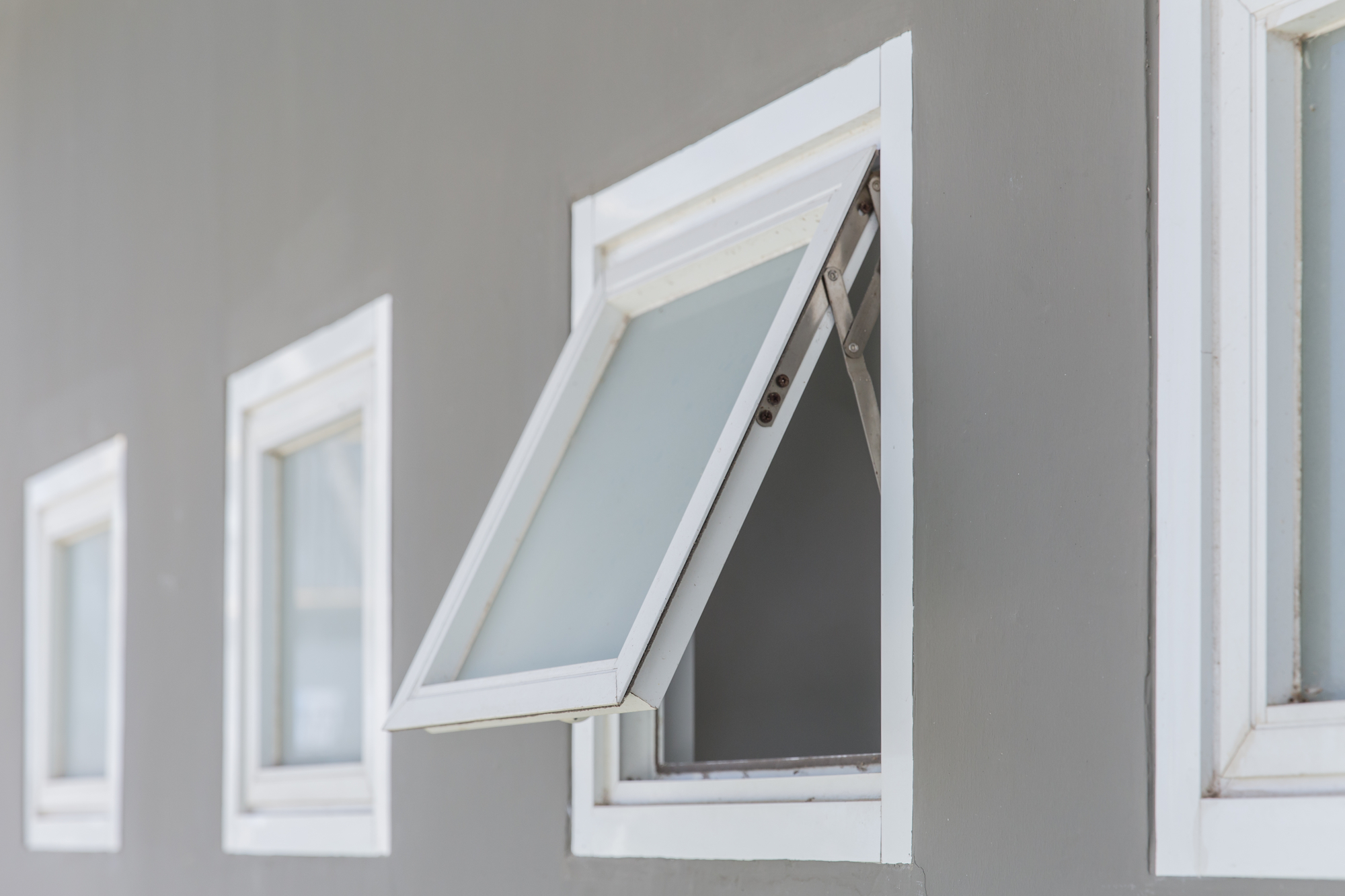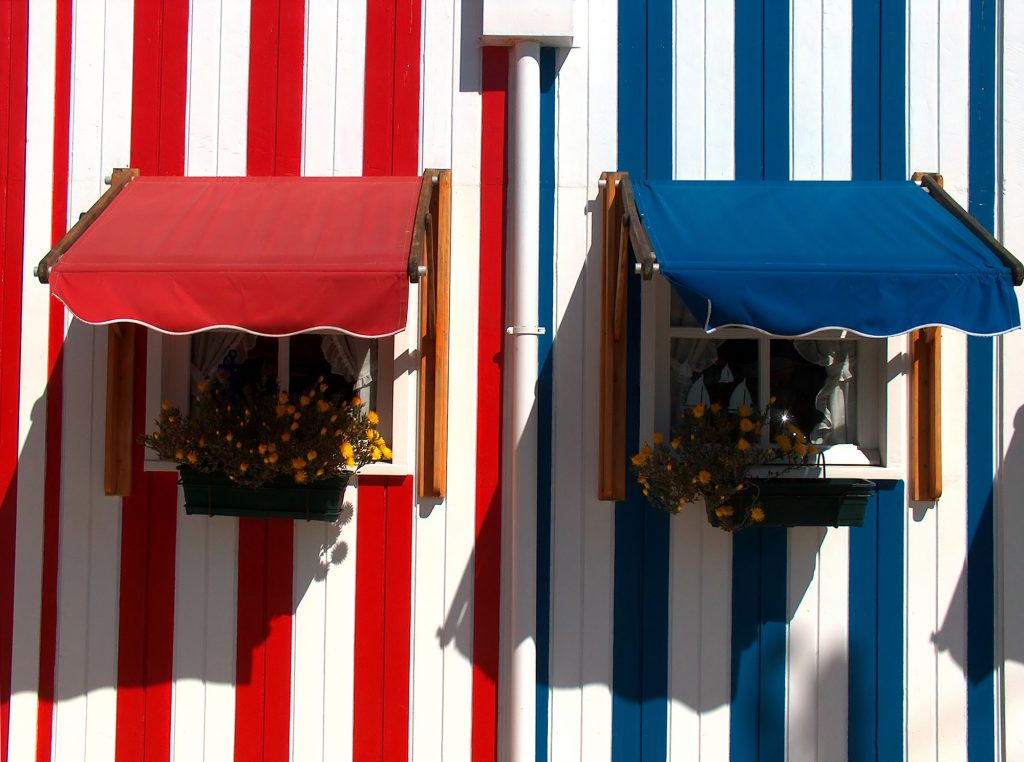
Awning windows are a specific design that have been popular for centuries. Easy to open, easy to clean, and often easy to maintain and replace, this window design is one that you might choose for your home or even your business, depending on the architecture of your building.
They’re stylish, classic, and won’t go out of style. Although, on the other hand, some people think that there they have more problems with drafts and leaks, and are overall less energy efficient than other types of windows.
Fixed vs. Opening Windows
Depending on the style of your building and the regulations you have to follow, you might be choosing between fixed or opening window designs. Fixed windows don’t have any method to open them, which means the outsides will always have to be cleaned by someone outside the building. However, in high-rise buildings or many businesses, fixed windows are preferable to those that can open.
If you’re looking at window styles that open, there are tow main types – those on hinges and those that slide. Awning windows are on hinges which are mounted at the top of the window, meaning the bottom can open to the outdoors.
One benefit of this design is that you can open it during rainy weather without worrying about too much moisture getting inside because of the slope of the glass. They also don’t open as wide and create less space for items or people to accidentally fall out of them.
Window Coverings
Often, awning windows will include a fabric, vinyl, metal, or other covering that angles out over the window, allowing it to open and let air move through, but usually providing a great deal of shade to help the window remain energy efficient.

Awning windows generally often contain screens on the interior as well, which means that they are not susceptible to letting in insects or debris from outside.
Style of Awning Windows
Today, most awning window designs can be adjusted to match the building. If you have a specific or custom color scheme for your sashes or window trim, most awning windows are manufactured in vinyl and are easy enough to customize during manufacturing or with paint afterward.
Most awning windows open using a crank handle, although there are a few other designs that don’t require any hand crank. Always discuss the safest, most convenient style for your family and other people in your building.
Most awning windows also can be customized to double or even triple paned glass. Especially if you are looking to make your windows as energy efficient as possible, consider the right type of glass for the placement of the window in your building.
Concerns with Awning Windows
Because awning windows get opened frequently, and because of the method of the crank handle and the fact that many people won’t lock them when closed, awning windows sometimes have a reputation of creating drafts in the house or leaking moisture from outside.
People who complain about awning windows not being energy efficient often are people who don’t use them correctly or to their full potential. In truth, when installed and used correctly, awning windows are as energy efficient as any other design.
Create a Proper Seal
During installation, your window energy efficiency is determined by the insulation that’s put in around the window frame. Insulation foam should be sprayed into the frame of your window after installed, and allowed to fully dry before additional work continues. Someone who doesn’t know the correct method to install windows will greatly affect their energy efficiency.
After foam is added around the window frame, caulk should be applied to create a tight, weather-resistant seal around all edges. The caulk color should coordinate with the window’s aesthetics, because the caulk will likely be visible long-term.

Use the Lock
Sometimes, because the awning windows open upward and close downward, people assume that when “closed” they are tightly sealed. But that’s not the case! While the parts of the window frame are close, and the sash is also pressed together, there is a slight gap that allows in air and moisture from outdoors.
Additionally, some tension will probably remain in the hinge, which weakens it from moving to its tightest position. Depending on the material that the hinge is made of, if the window isn’t locked and the hinge stays in a slightly open position during rain or other weather conditions, it can rust in that position and become even more difficult to close all the way.
Locking the window when it is the closed position is the best way to ensure that your awning windows last as long and are as efficient as possible.